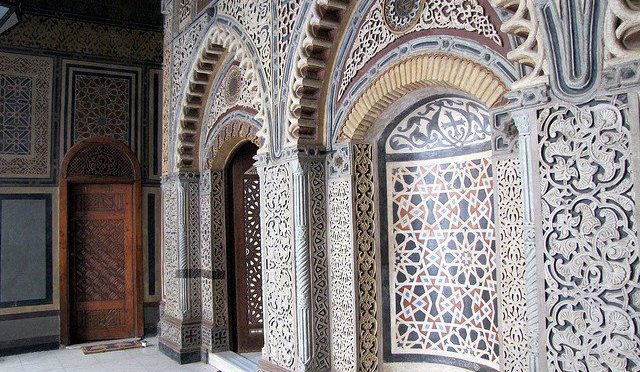On our last full day in Cairo, we visited an old part of the city known as Coptic Cairo for its predominantly Christian orthodox population and proliferation of churches. Coptic Cairo is conveniently accessible by metro, so we rode the subway there to give our feet a break.
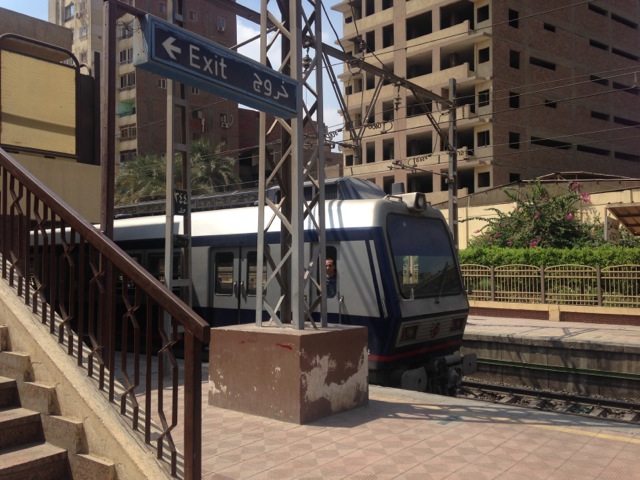
We started with the Hanging Church, one of the oldest churches in Egypt. The church is so-called because it was built over the gatehouse of a Roman fortress with its nave suspended over a passage.
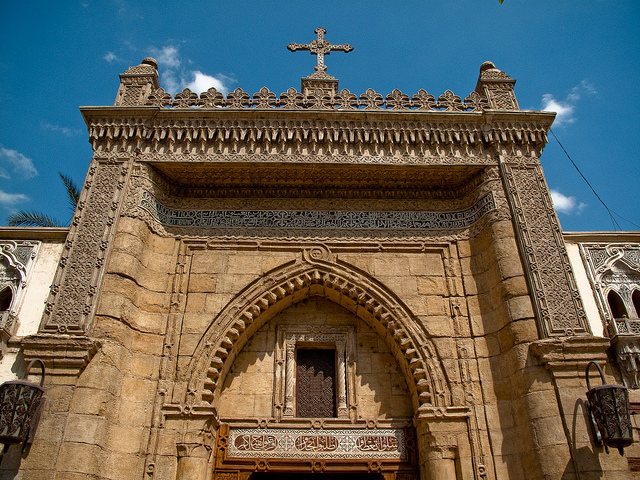
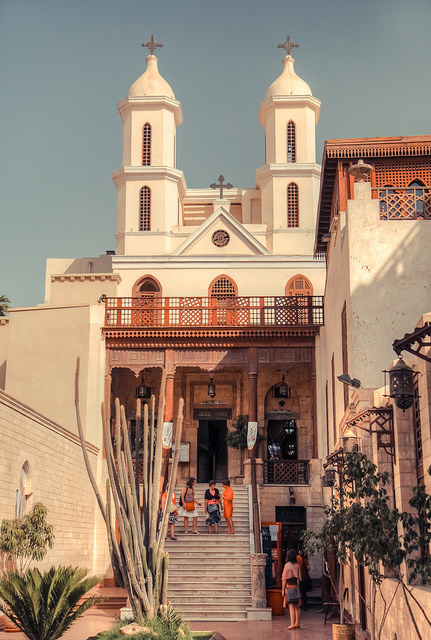
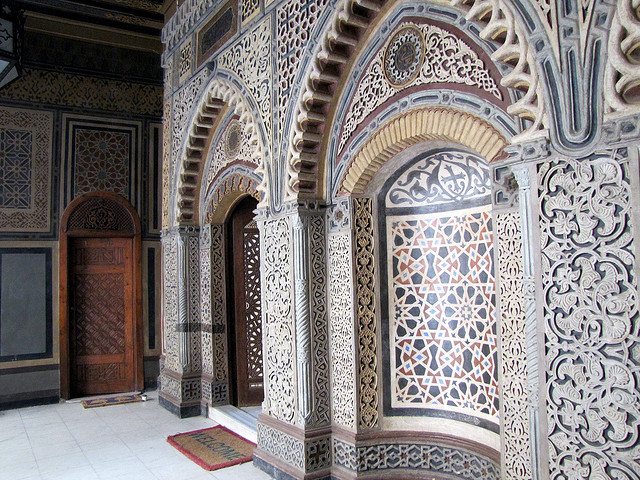
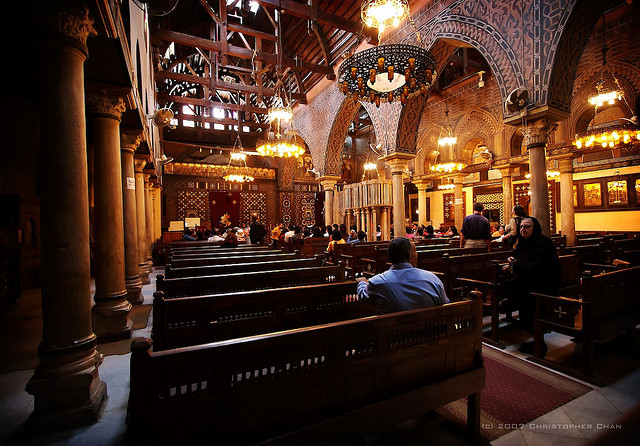
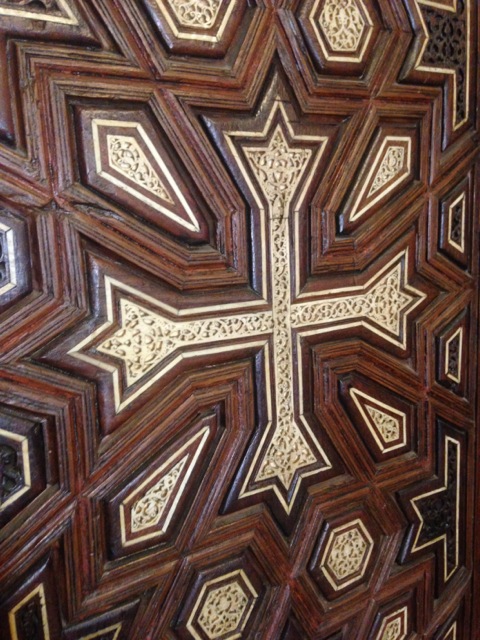
After we left the Hanging Church, we checked out the remains of the Roman-era Babylon Fortress.
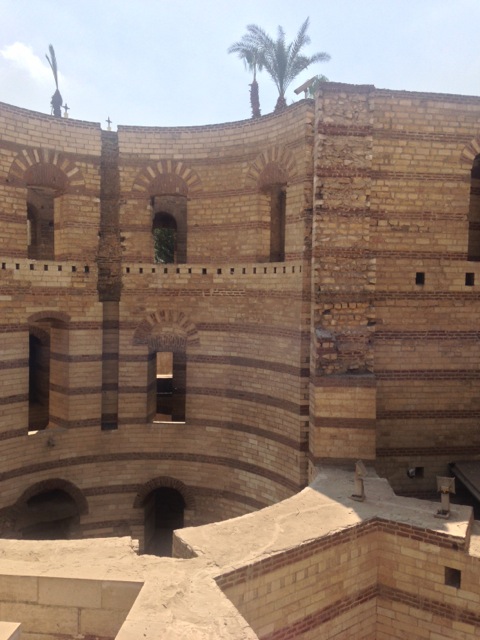
Then we descended underground to access the oldest part of Coptic Cairo through the subterranean passage.
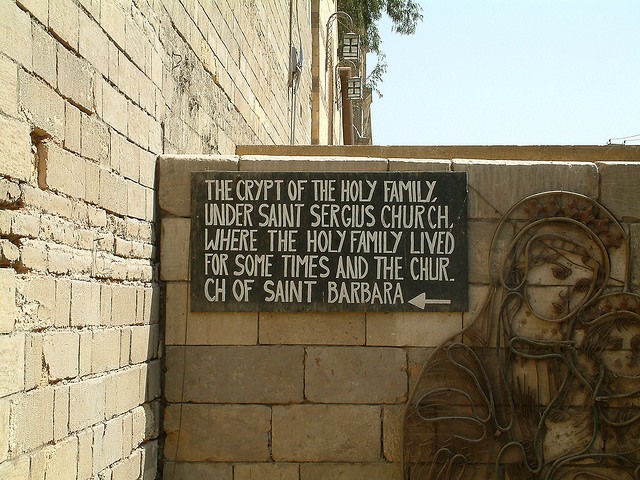
We wandered down the narrow streets and through the Convent of St. George, the Church of the Virgin, the Church of St. Sergius, the Church of St. Barbara, and the Ben Ezra Synagogue.
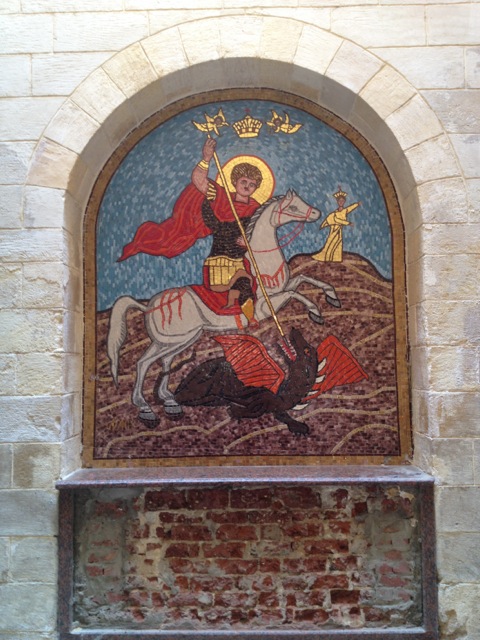
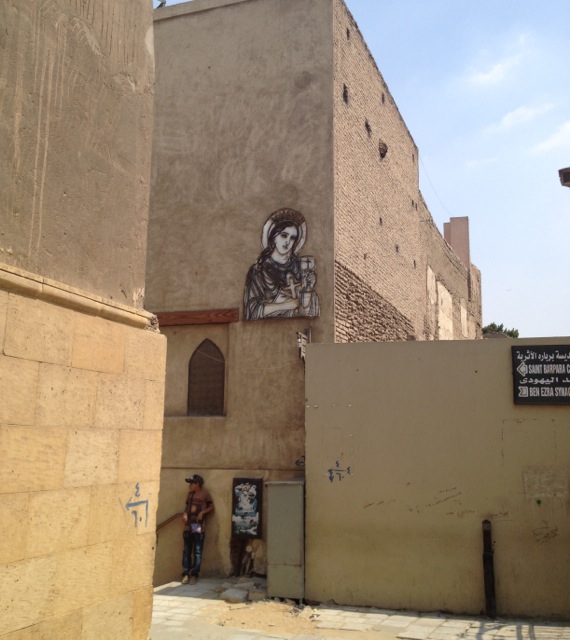
Somewhere in there, we tried to find our way out of Coptic Cairo and toward a restaurant mentioned in our guidebook. We ended up getting hopelessly lost inside a giant walled cemetery (so lost that, when we finally saw other people, we started following them in the hopes that they would lead us to the exit) and found the restaurant closed.
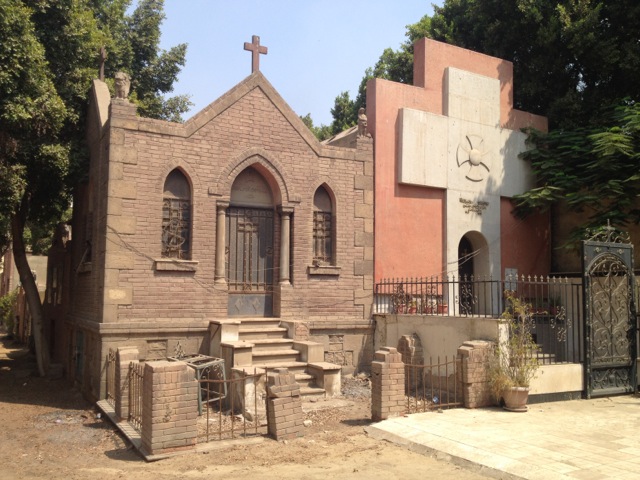
After that misadventure, we decided to wrap up our tour of Coptic Cairo and head back downtown to pick up ta’amiya sandwiches.1

Then we hired a taxi to drive us to Garbage City, which is exactly what it sounds like. Manshiyat Naser, located at the base of Mokattam Hill on the outskirts of Cairo, is home to the Zabbaleen people, who make their living by collecting Cairo’s garbage and sorting through it for recyclables.2 Astoundingly, Cairo – with a metropolitan area population of nearly 20 million people, one of the world’s largest cities – has historically lacked a formalized garbage collection system, relying instead on the Zabbaleen to keep it from suffocating under its own waste.3 As you might imagine, however, the streets of Manshiyat Naser are lined with bags upon bags of trash in various states sorting and salvage.
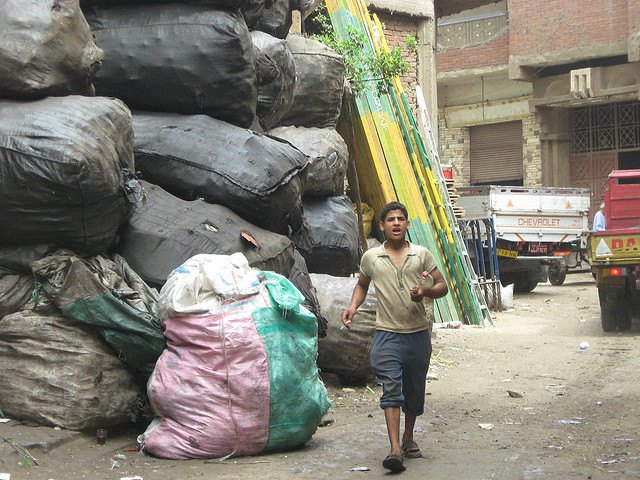
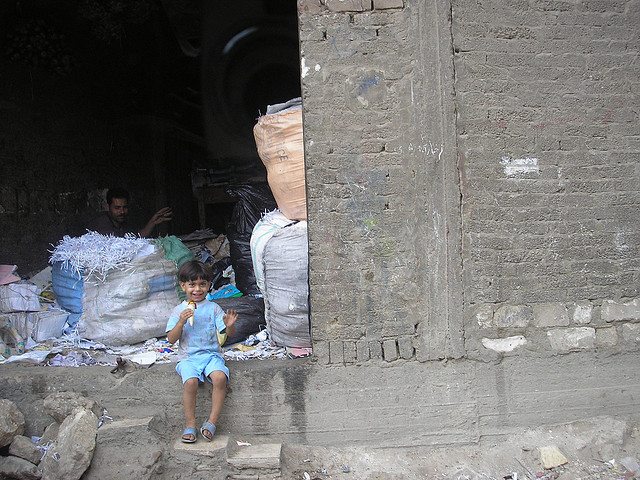
It was pretty fascinating – but it wasn’t our ultimate destination. We were headed for the Monastery of St. Simon the Tanner. Carved out of a cave in Mokattam Hill, the Monastery (colloquially known as the Cave Church) has a seating capacity of 20,000, making it the largest church in the Middle East.
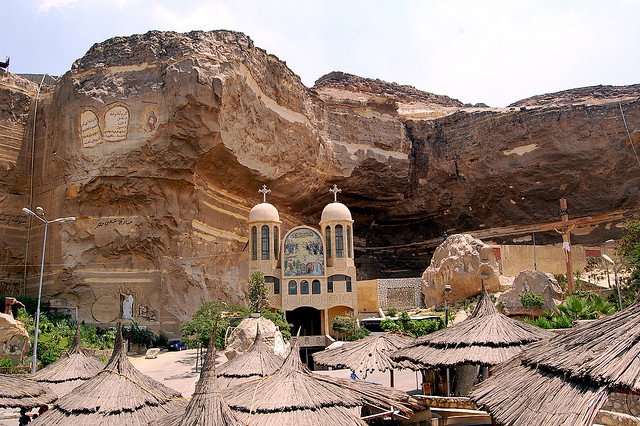
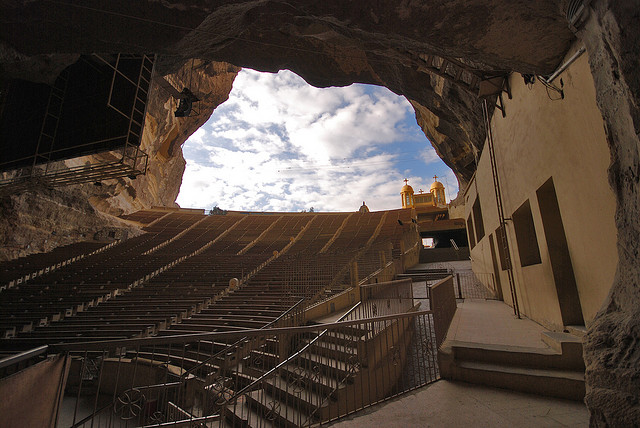
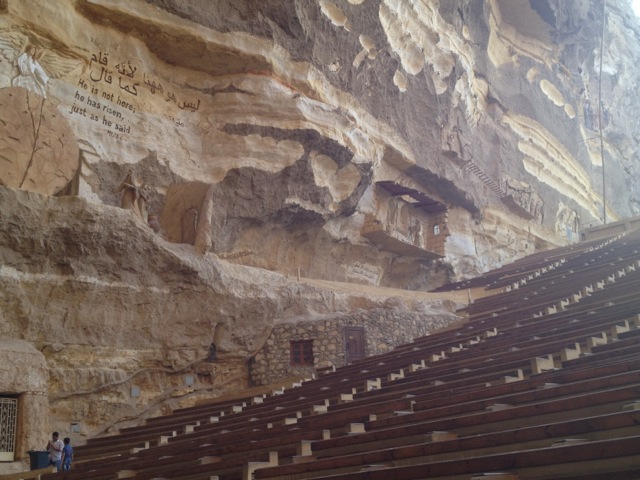
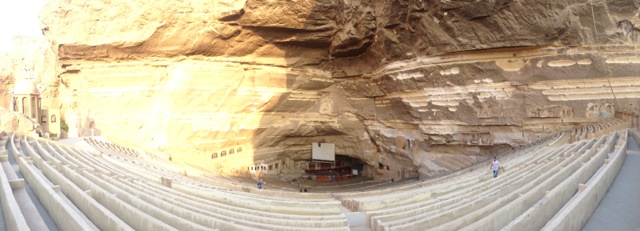
Everywhere we went in Cairo, locals expressed delight that we were visiting – many Egyptians rely on the tourism industry, and tourism has yet to recover after the 2011 revolution – but nowhere were they quite as effusive as at the Cave Church. The gentleman who showed us around seemed genuinely surprised and pleased that we had heard of his church and had sought it out.
Garbage City and the Cave Church are really interesting parts of Cairo that are off the radar of most visitors. Practical information about visiting them was, accordingly, somewhat difficult to find. If you are interested in seeing Garbage City and/or the Cave Church, we would recommend you get the words “Manshiyat Naser,” “Mokattam,” “Cave Church,” and “Monastery of St. Simon” written in Arabic on a piece of paper. Although it is possible to find these places on a map,4 this will help in getting much-needed directions from locals – our driver stopped often to query people along the way. Also, a note on transportation: Although we read about tours that you can take of the area, we simply flagged down taxis outside of our downtown hotel and told them where we wanted to go – it only took a couple of tries and a few minutes to find someone who was up for the task. Once we reached the Cave Church, we requested (through our Google Translate app) that our driver wait for us for about 10 minutes with the meter running. Even with the large tip that we gave him for his patience (driving through Garbage City involved getting often stopped on narrow streets behind trucks full of garbage), the price of our self-styled tour was quite reasonable.
Where We Ate:
☆ Felfela. One of my strongest memories of my 2007 visit to Cairo is eating ta’amiya sandwiches from Felfela day after day after day. The sandwiches are really tasty and so, so cheap (1.50 Egyptian pounds, which is less than USD$0.25). The sandwiches were just as good as I remembered! Note that I have only been to the take-away location, not the sit-down location.
☆ Cairo Kitchen. Like Zooba, this is another restaurant in the Zamalek neighborhood that you would be forgiven for thinking was in Brooklyn. We ordered a plate of chicken with a side of torly (a type of cooked vegetables) and a salad plate featuring eggplant, beans, cucumber salad, coriander-flavored hummus, and pita bread. There were also some amazing beverages: the rosewater-lemon and sobia (an horchata-like drink made from coconut) were our favorites, but there was also hibiscus and lemon-mint on offer.
1 For the uninitiated, ta’amiya is the delicious, Egyptian version of falafel, made with fava beans instead of chickpeas.
2 Although not as prominent now, the residents of Garbage City also supplement their income by raising pigs on the leftover foodstuffs in the waste they recycle. For more, check out this great post by Adam Ramsay on Vice’s Munchies channel.
3 For more, check out Peter Hessler’s fascinating New Yorker profile on a local zabal (garbageman) in his affluent Cairne neighborhood.
4 Here is a link to a Google Map showing the location of the Cave Church.

